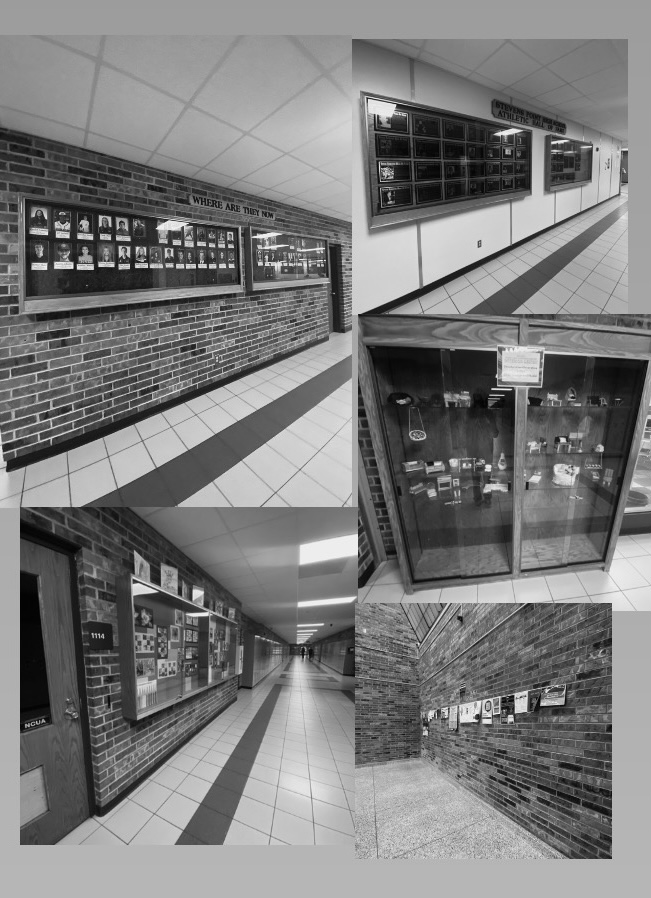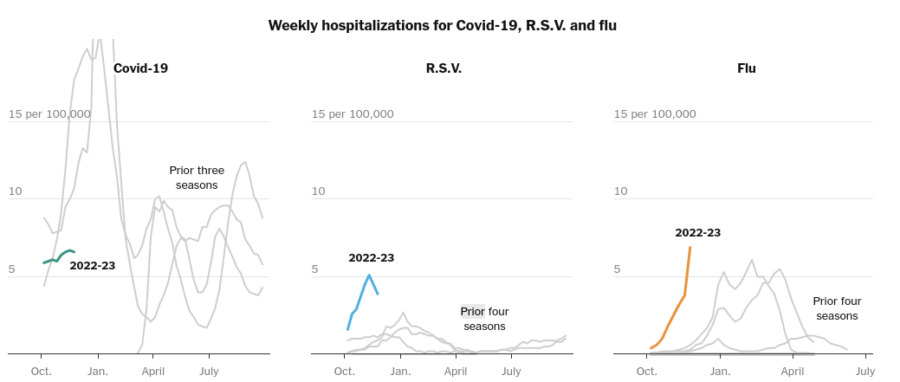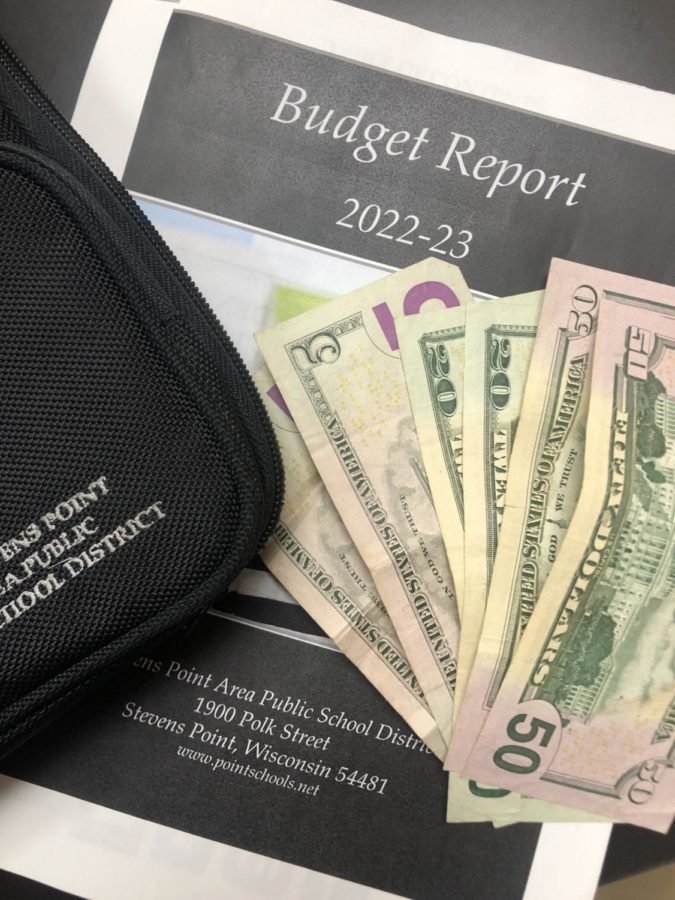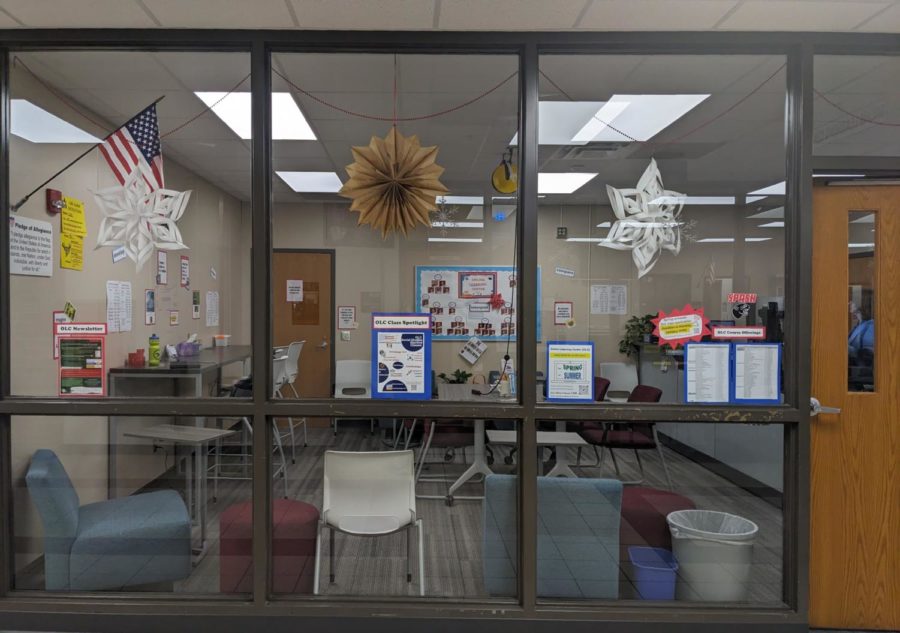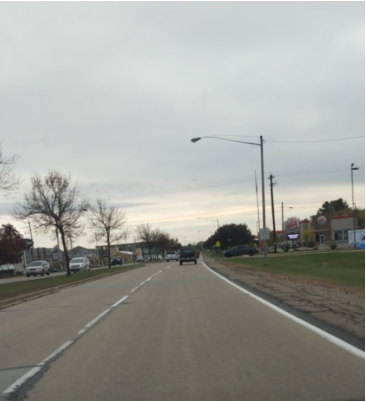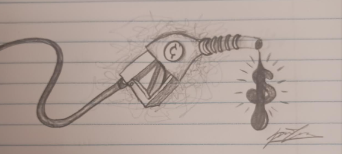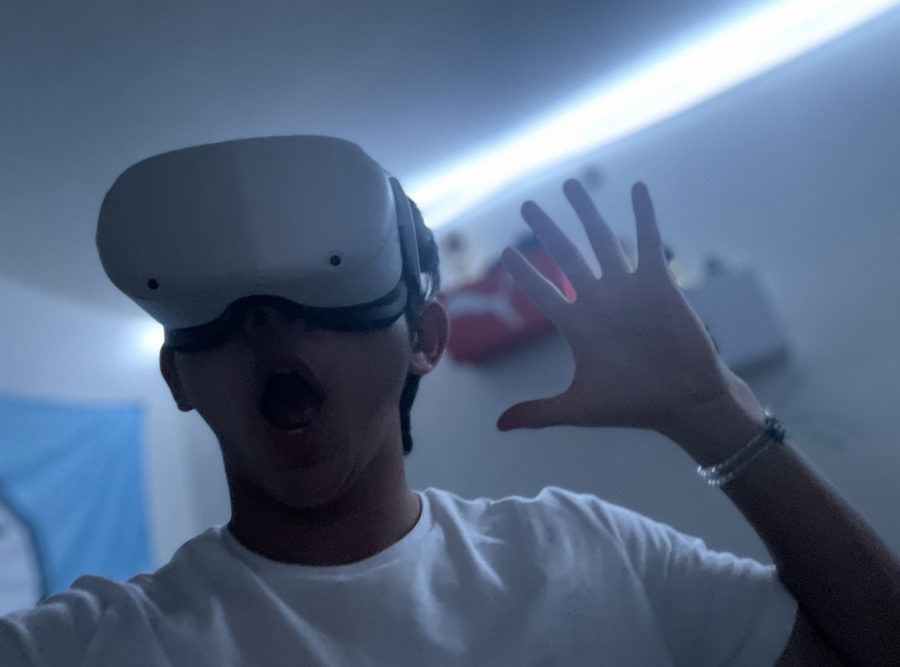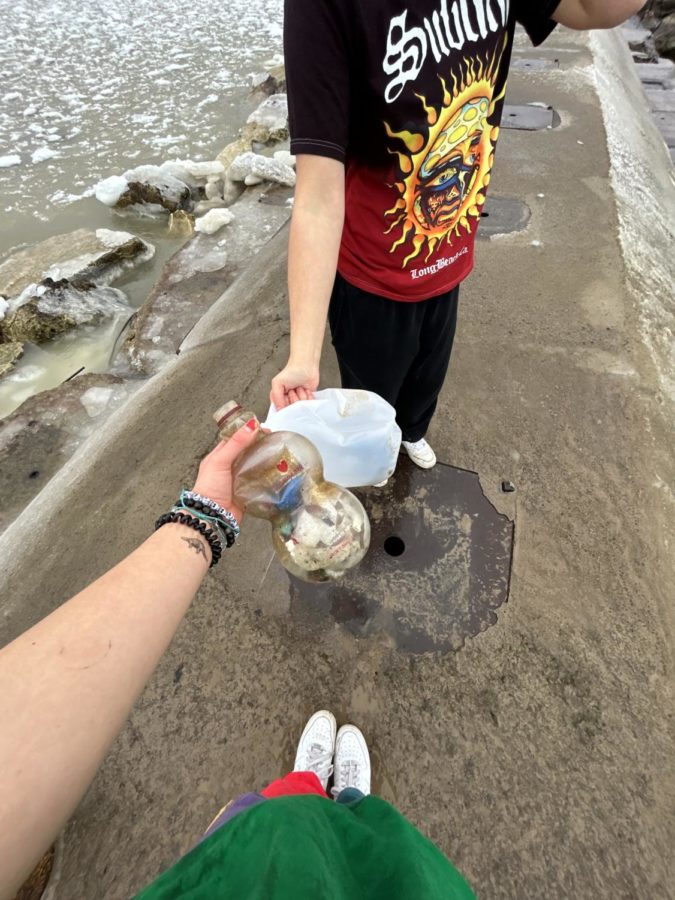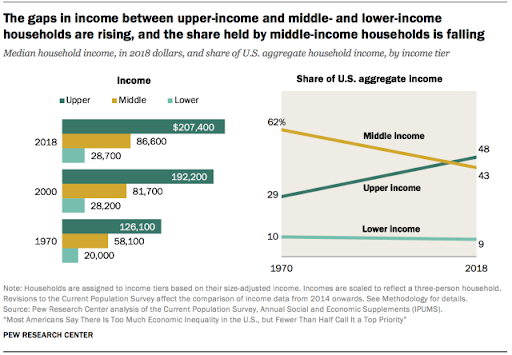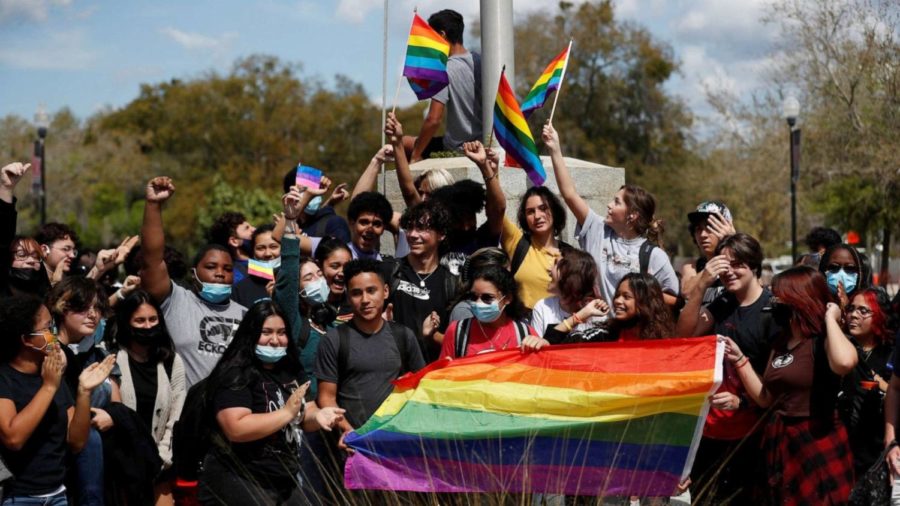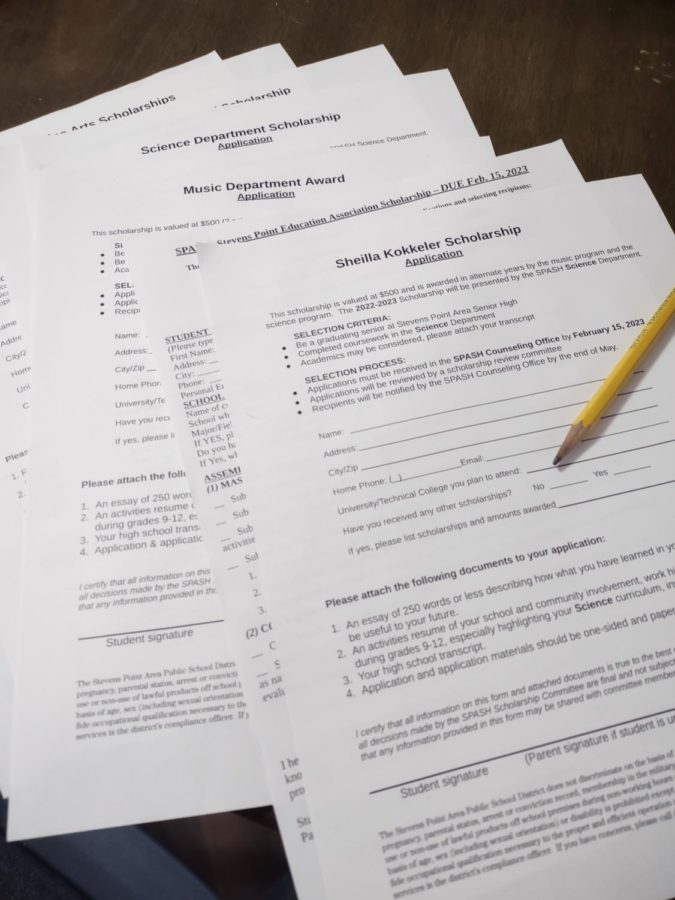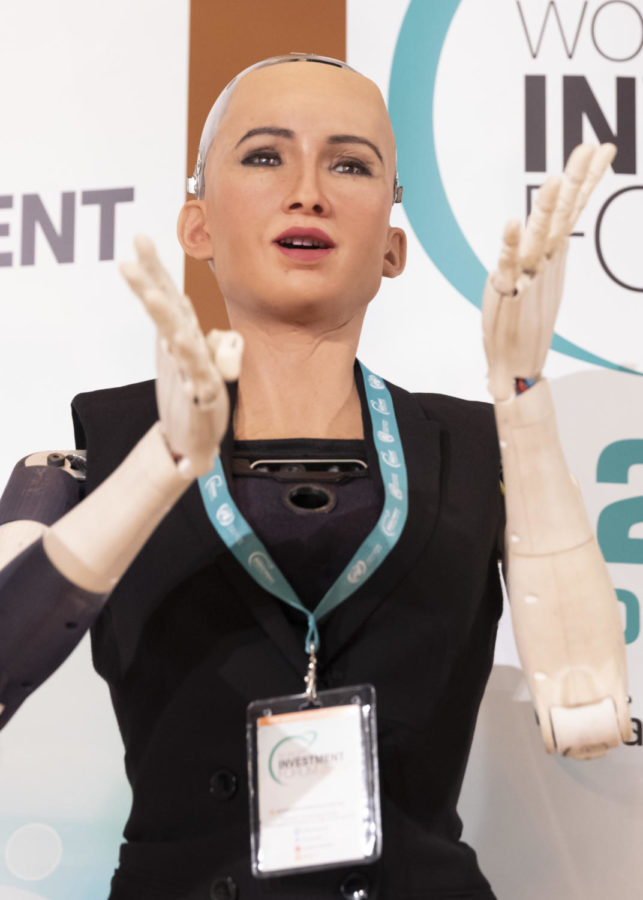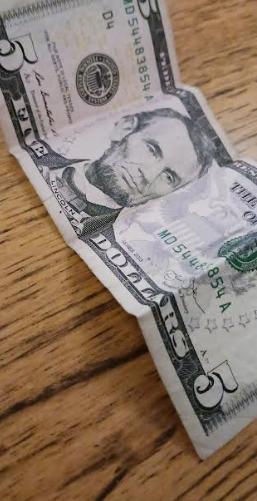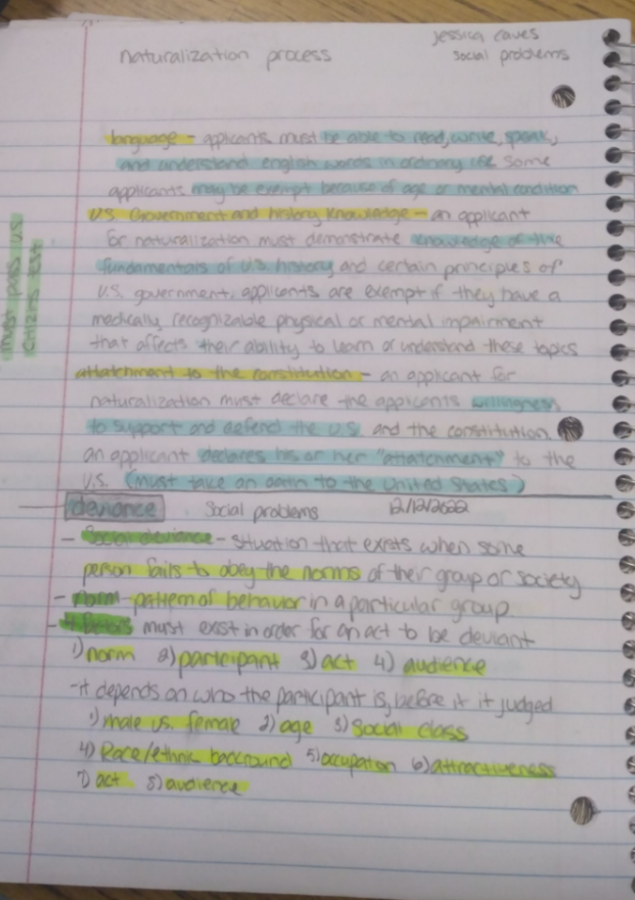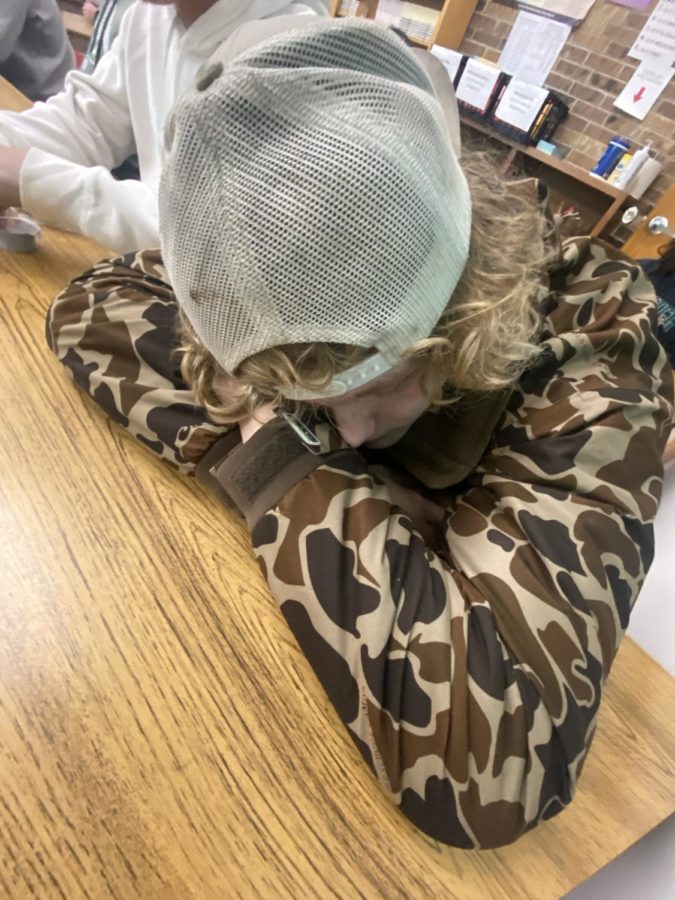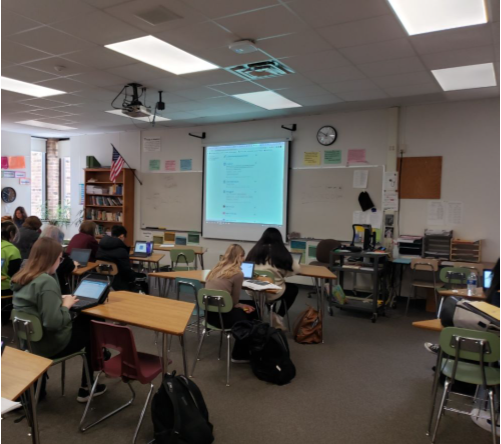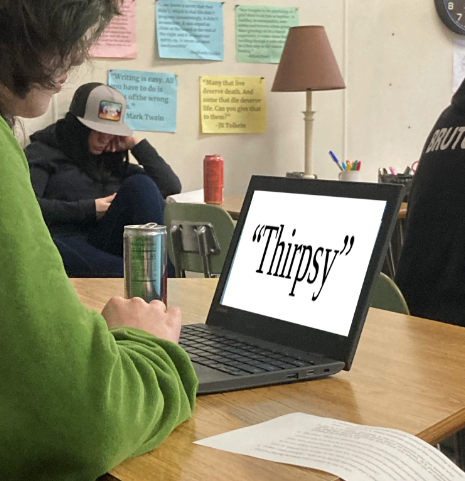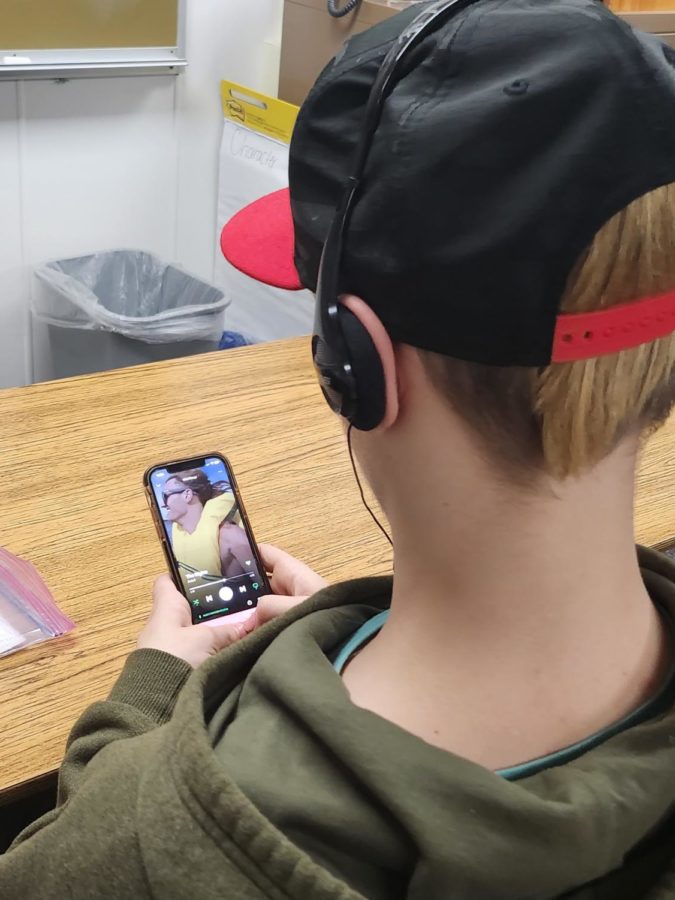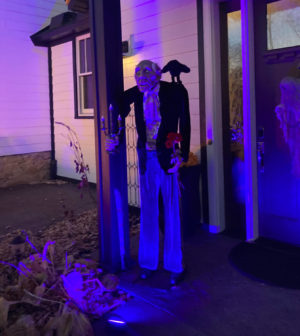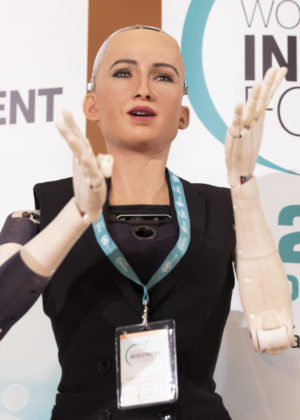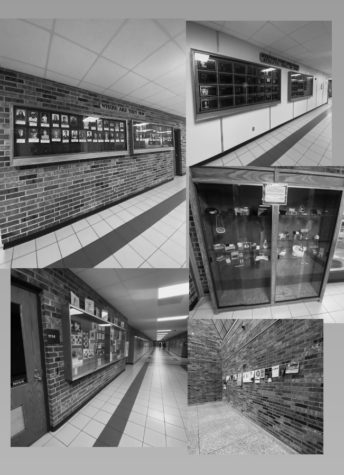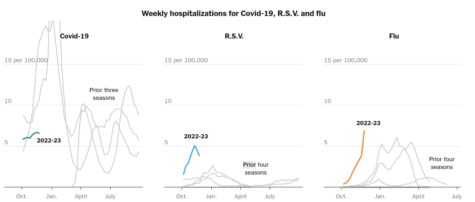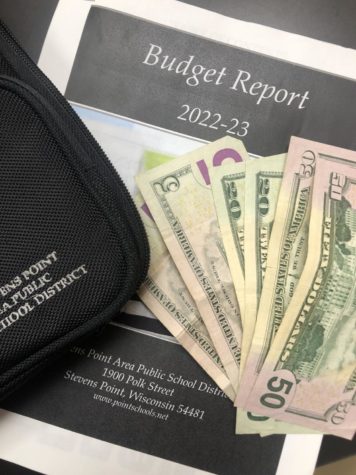Fake news stories causing harm
December 12, 2016
By CLAIRE DOERING
The Mirror reporter
Fake news has recently been a real life problem and affected many people when a person came into a café, pretending to be self-investigating and fired inside the restaurant. Twenty-eight-year old Edgar Maddison Welch armed himself and fired once in a restaurant, Comet Ping Pong, while investigating a conspiracy theory that was fake.
The fake news was about Hillary Clinton’s 2016 presidential campaign. The article said Clinton and her former campaign manager were running a sex ring at a pizzeria in Washington, DC. Donald Trump supporters and white supremacists on social media made the article viral leading to headlines like “Pizzagate: How 4Chan Uncovered the Sick World of Washington’s Occult Elite” on fake news websites.
Comet Ping Pong has faced other threats because of the conspiracy theory and was the target of death threats. The managers of the pizzeria have worked to get the FBI and police involved to stop the story and take down posts relating to it. More and more posts have come out receiving up to 100, 000 engagements by sharing, reacting and commenting on Facebook.
Facebook is going to start to get rid of fake news on their site by getting more input from people, improving its algorithm’s ability to detect and making it easy to report them. If enough people read something for it to go viral, the public may believe it is true.
Trevor Knight, a business teacher at Stevens Point Area Senior High (SPASH) became skeptical after hearing about fake news and fact checks what he reads online. He also tries to get news sources from trustworthy websites and, as a teacher, tries to tell students to look for credible sources.
It depends on the people who read these articles to determine if what they’re reading is true. Some tips to help spot fake news is looking at the URL and domain, looking at the quotes, read the “about us” section as this helps readers understand the company and who they get their sources are.

